-
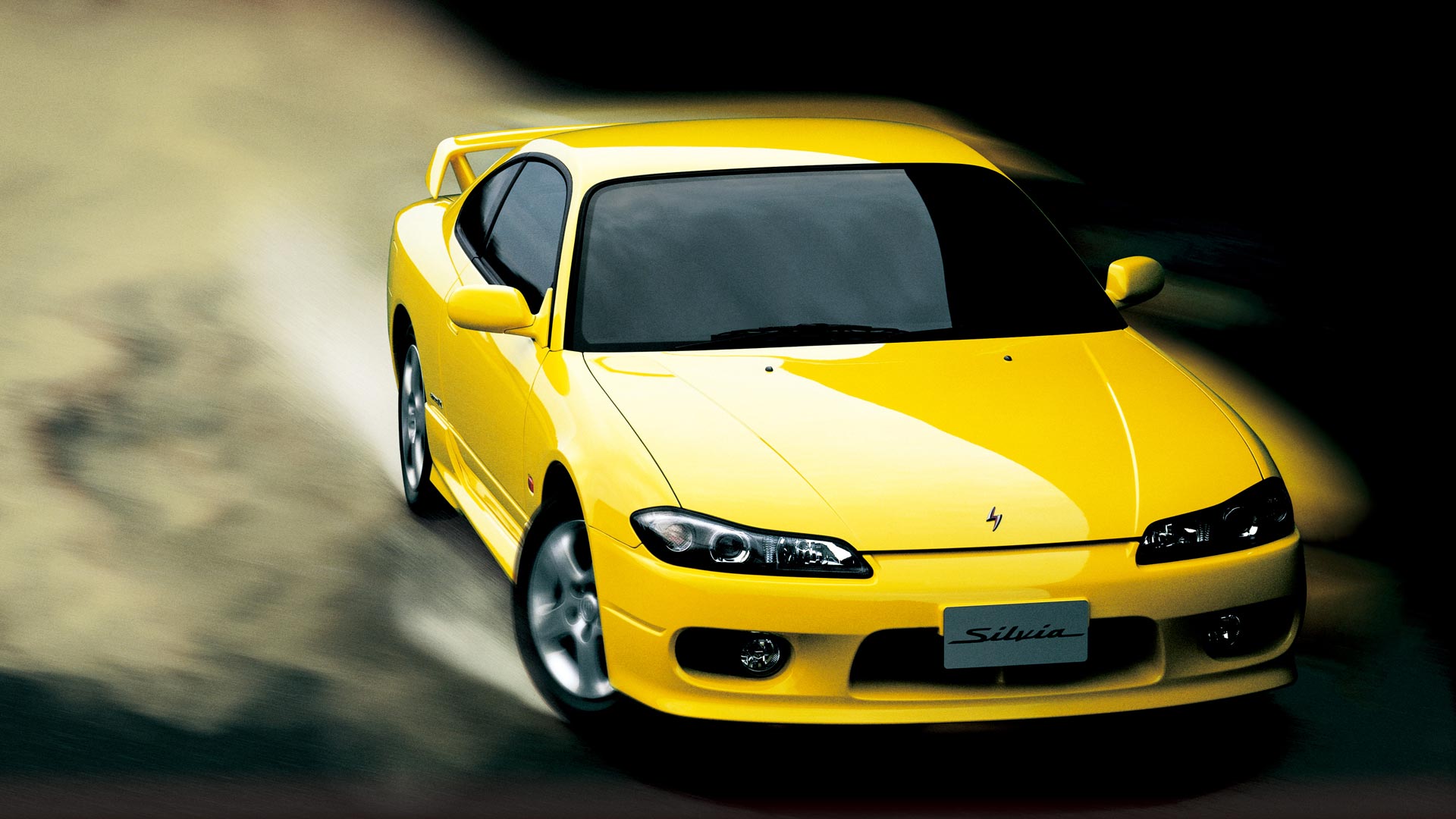
More than two decades of waiting
© NissanThe ‘25-year rule’, administered by the National Highway Traffic Safety Administration (NHTSA), means U.S. enthusiasts often need to be patient if they want to import non-federalized cars.
A quarter of a century after they were first launched, we have taken a look at the import-eligible class of 1999.
From British sports cars to compact Italians, there should be something to intrigue all tastes among this collection.
-
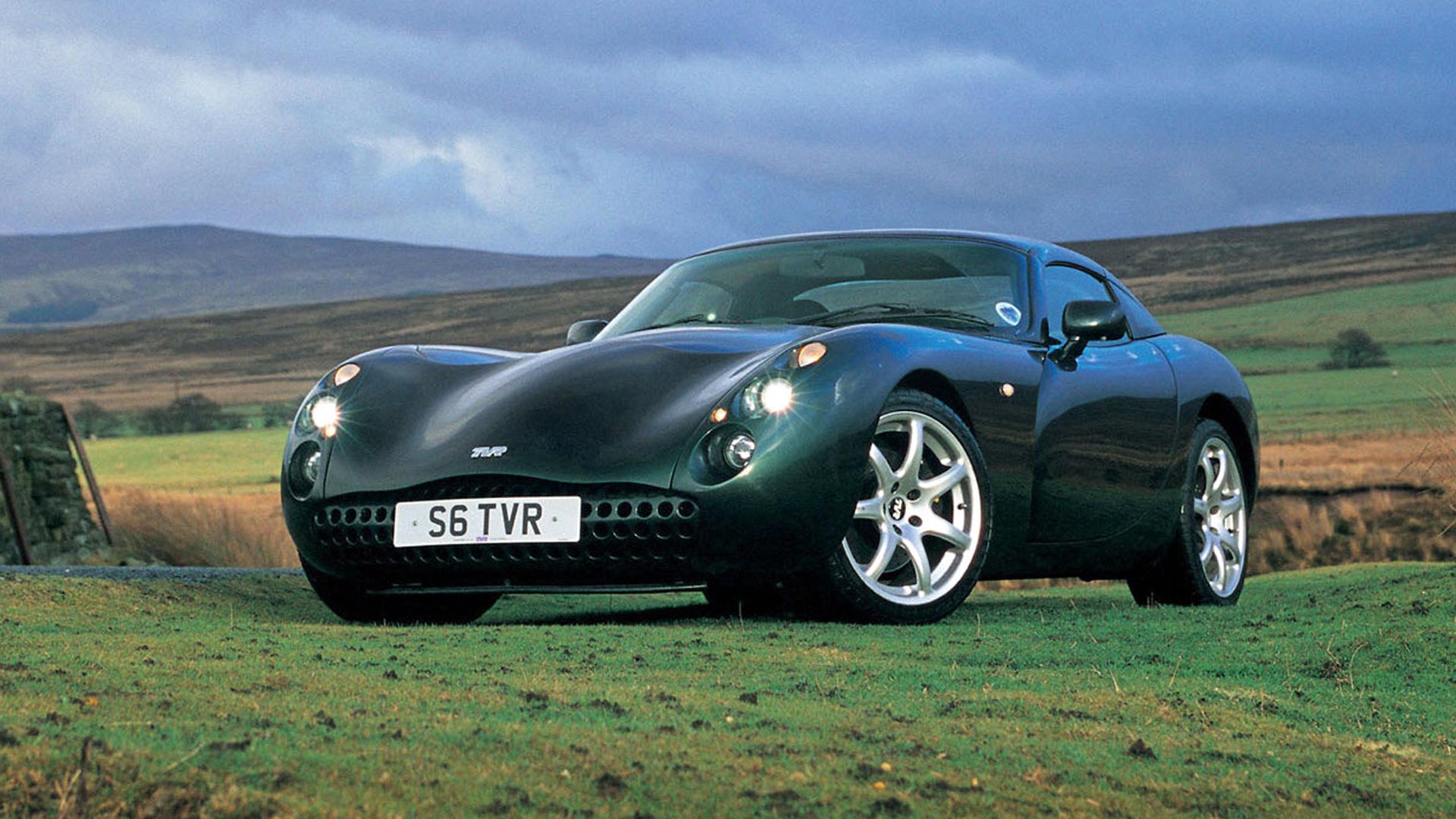
TVR Tuscan Speed Six
© TVRRemember the 2001 John Travolta movie Swordfish? If so, the TVR Tuscan Speed Six should be instantly recognizable. With its curvaceous styling and wild interior, the Tuscan certainly made an impression when launched in 1999.
Under the hood is TVR’s own 4.0-liter straight-six engine, producing 360 horsepower and 310 lb-ft of torque. Weighing in at just 2,425 lb, the Tuscan serves up lively performance, including the ability to sprint from 0-60 mph in 4.5 seconds.
It’s worth bearing in mind that the Tuscan came with no airbags, ABS brakes or traction control system. In fact, the only real ‘safety aids’ were quick steering and an accelerator pedal with a long travel. Bravery is needed with this British sports car.
-
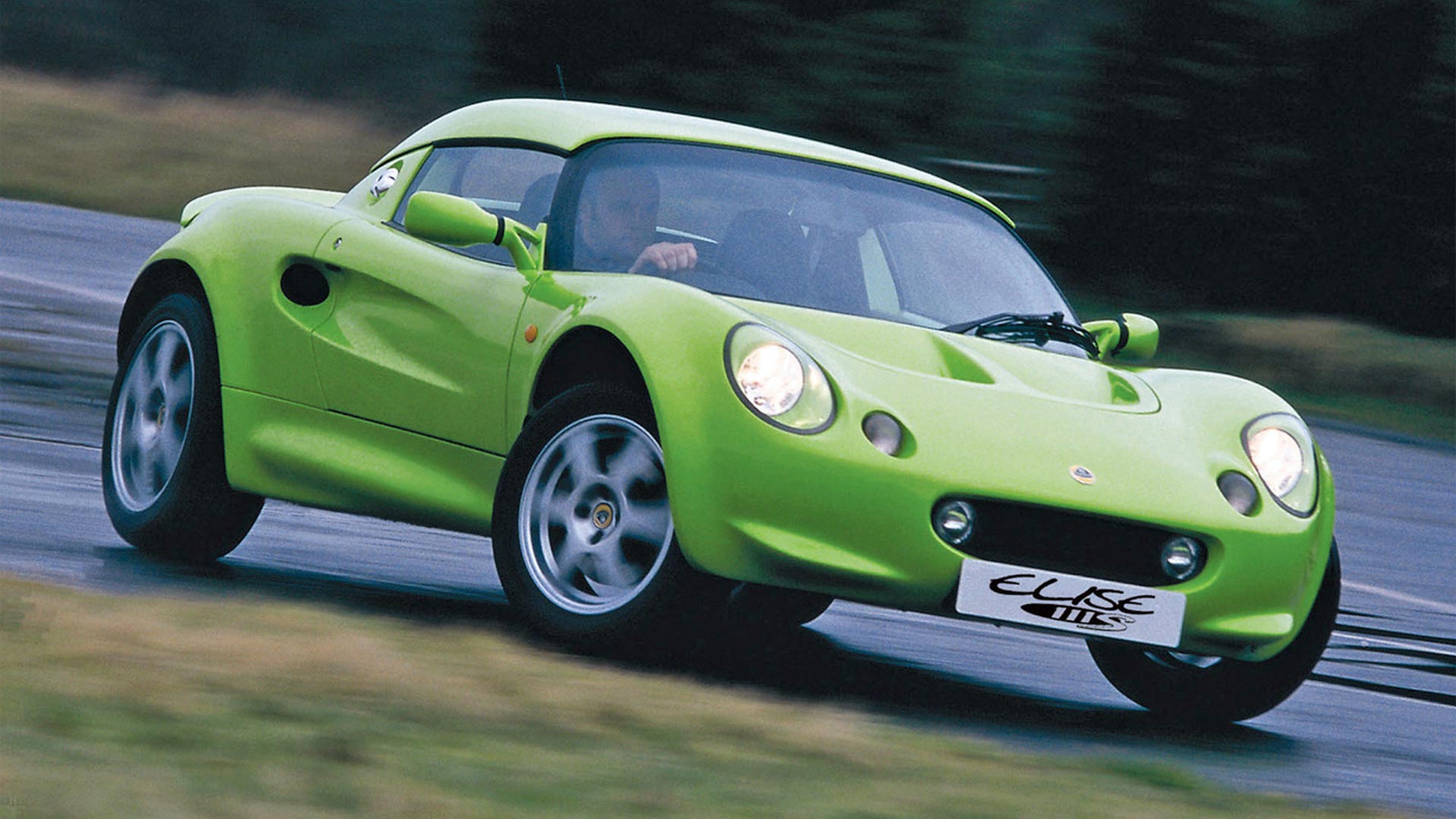
Lotus Elise 111S
© LotusFollowing the success of the first-generation Elise, Lotus launched a quicker version of its mid-engined roadster in 1999.
This saw the standard 1.8-liter four-cylinder Rover K-Series engine tuned to deliver 143 horsepower. Although just a small gain over the standard Elise’s 118 hp, this had a substantial effect on a car weighing only 1,600 lb.
The 111S also gained a close-ratio five-speed manual transmission, along with new six-spoke alloy wheels, headlamp covers and a rear spoiler.
-
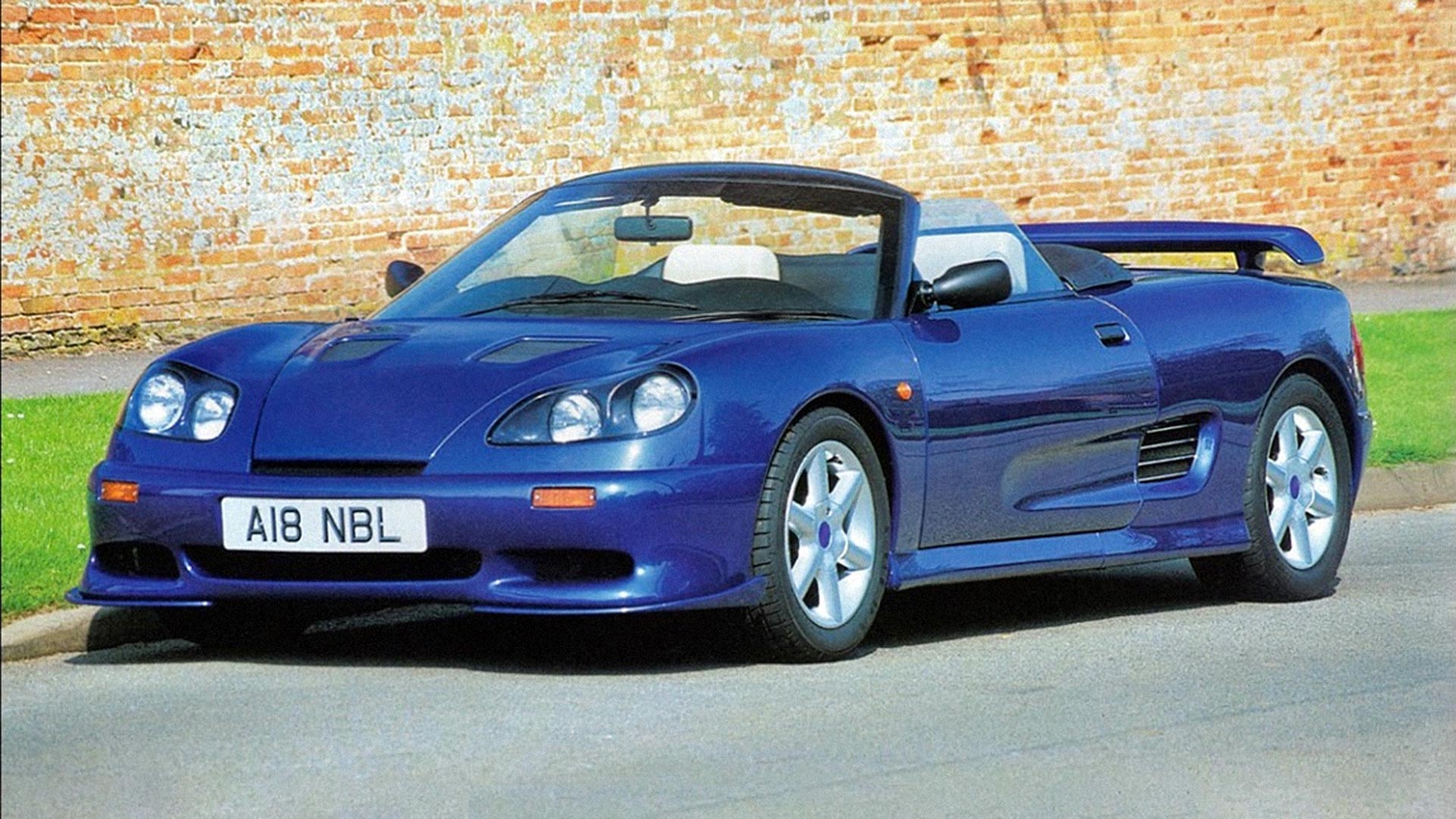
Noble M10
© Noble CarsAn even rarer alternative to the Elise, the Noble M10 is another mid-engined British roadster. Noble Automotive achieved greater fame with later models such as the M12 and M600, but the slightly awkward-looking M10 was where it all started.
A Ford-supplied 2.5-liter V-6 engine was fitted to the M10, capable of producing 168 horsepower and 162 lb-ft of torque. Lightweight construction means the Noble can accelerate from 0-60 mph in less than six seconds and reach a top speed of 135 mph.
Only six examples were produced, meaning you will almost certainly never see another M10.
-
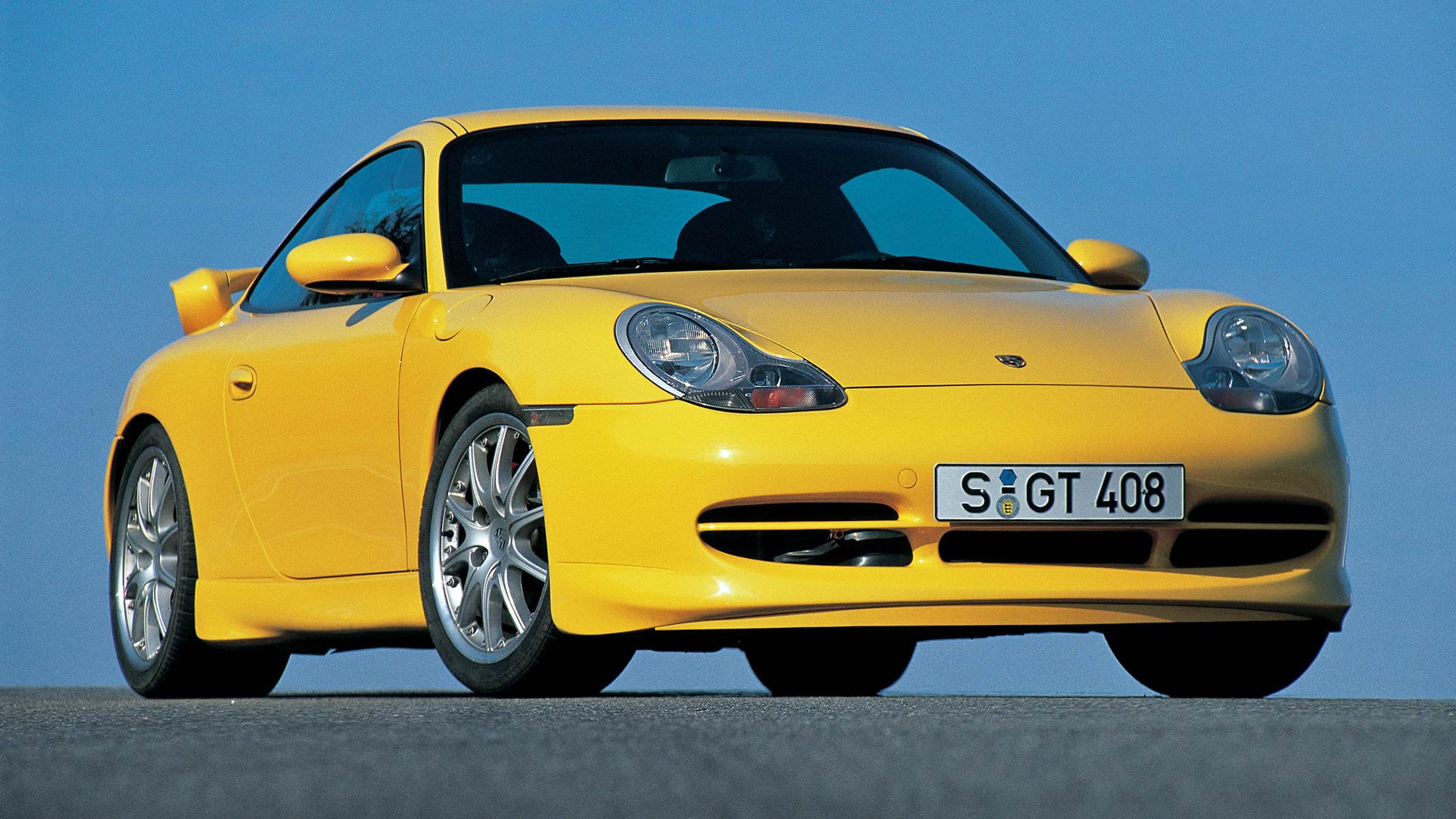
Porsche 911 GT3
© PorscheWhile the Porsche 911 GT3 is now a staple of the German manufacturer’s range. In 1999, however, the original GT3 existed primarily to allow Porsche to homologate its sports car racer.
The United States was denied the chance to buy the original ‘996.1’ version of the GT3, which offers a 355 horsepower 3.6-liter flat-six engine and distinctive aero kit. Porsche removed plenty of weight from the GT3, with the rear seats and most of the sound deadening taken out.
Later versions of the 911 GT3 may be faster and more powerful, but the first 1,868 examples to wear the badge will always hold plenty of appeal for collectors.
-
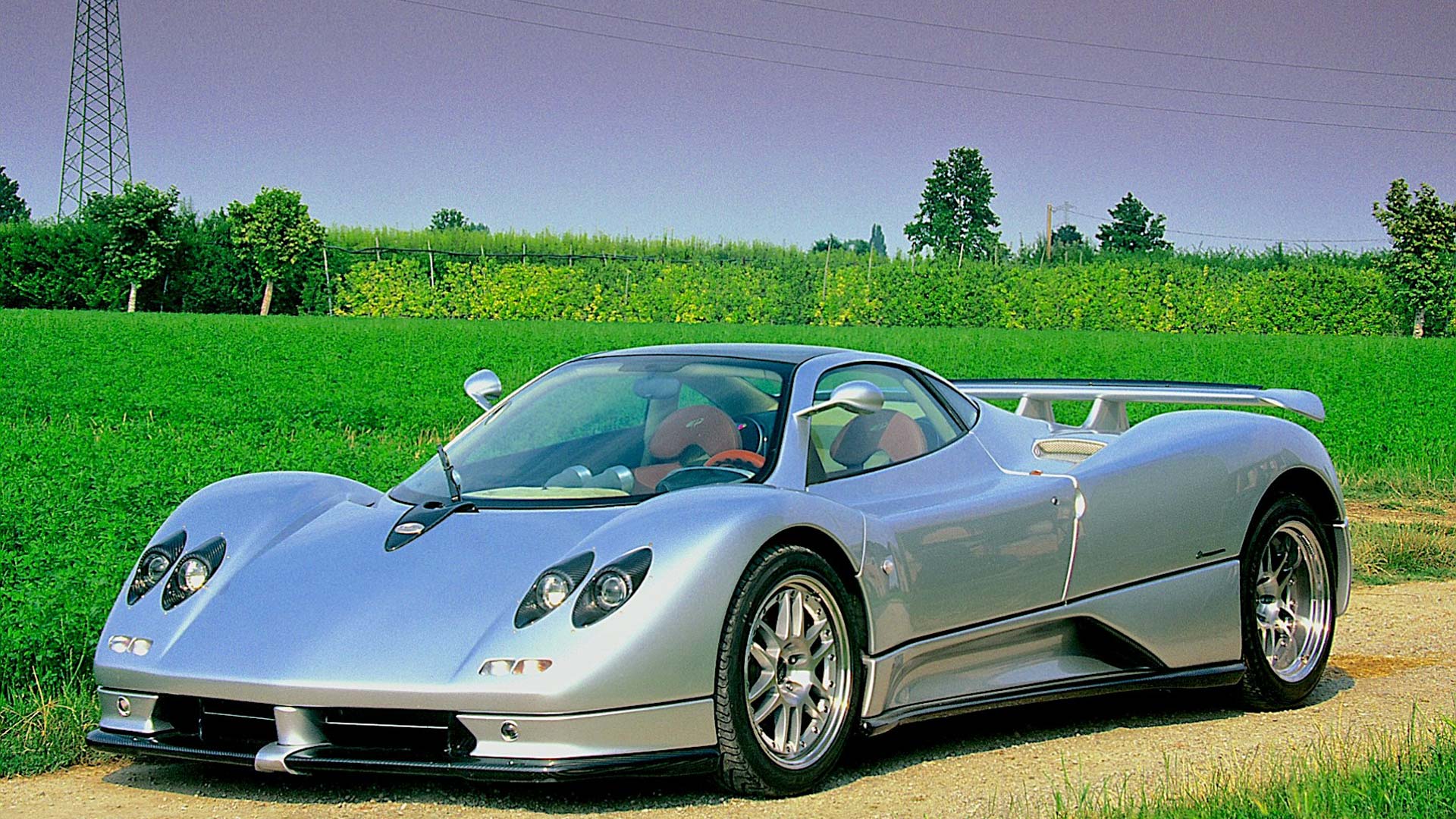
Pagani Zonda C12
© PaganiThe Pagani Zonda has become a favorite U.S. import under ‘Show and Display’ exemption, due to its wild looks and even wilder performance. Now, the very earliest examples of this Italian supercar will be eligible to use without restriction, thanks to the 25-year rule.
Revealed at the 1999 Geneva Auto Show, the Zonda C12 was powered by a 6.0-liter Mercedes-Benz V-12 engine. This produced 450 horsepower and 435 lb-ft of torque, offering a potential 185 mph top speed.
Beautifully constructed from carbon fiber, the mid-engined C12 is another car that will require patience to track down. Pagani completed just five examples in this early form.
-
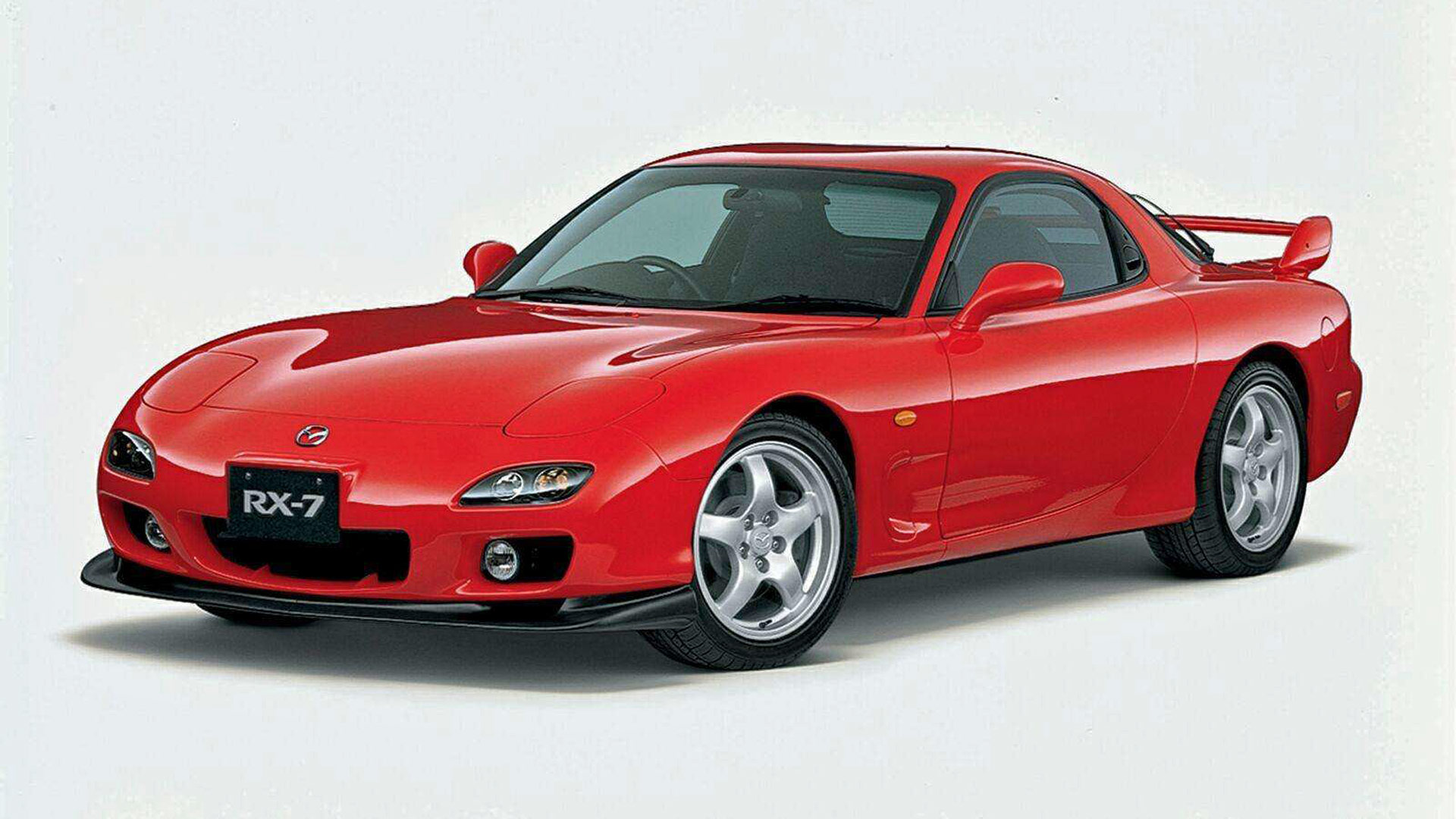
Mazda RX-7 Type RS
© MazdaThe third-generation Mazda RX-7 was sold in the United States until the 1995 model year. However, Americans missed out on the final versions of Mazda’s rotary-powered sports car.
Unlike earlier models, the late ‘Series 8’ RX-7 could produce 276 horsepower from its twin-turbo, twin-rotor engine. Making this possible was a less restrictive exhaust muffler, along with upgraded turbochargers.
Mazda also offered a new Type RS model, which benefited from 17-inch alloy wheels, upgraded brakes and Bilstein suspension.
-
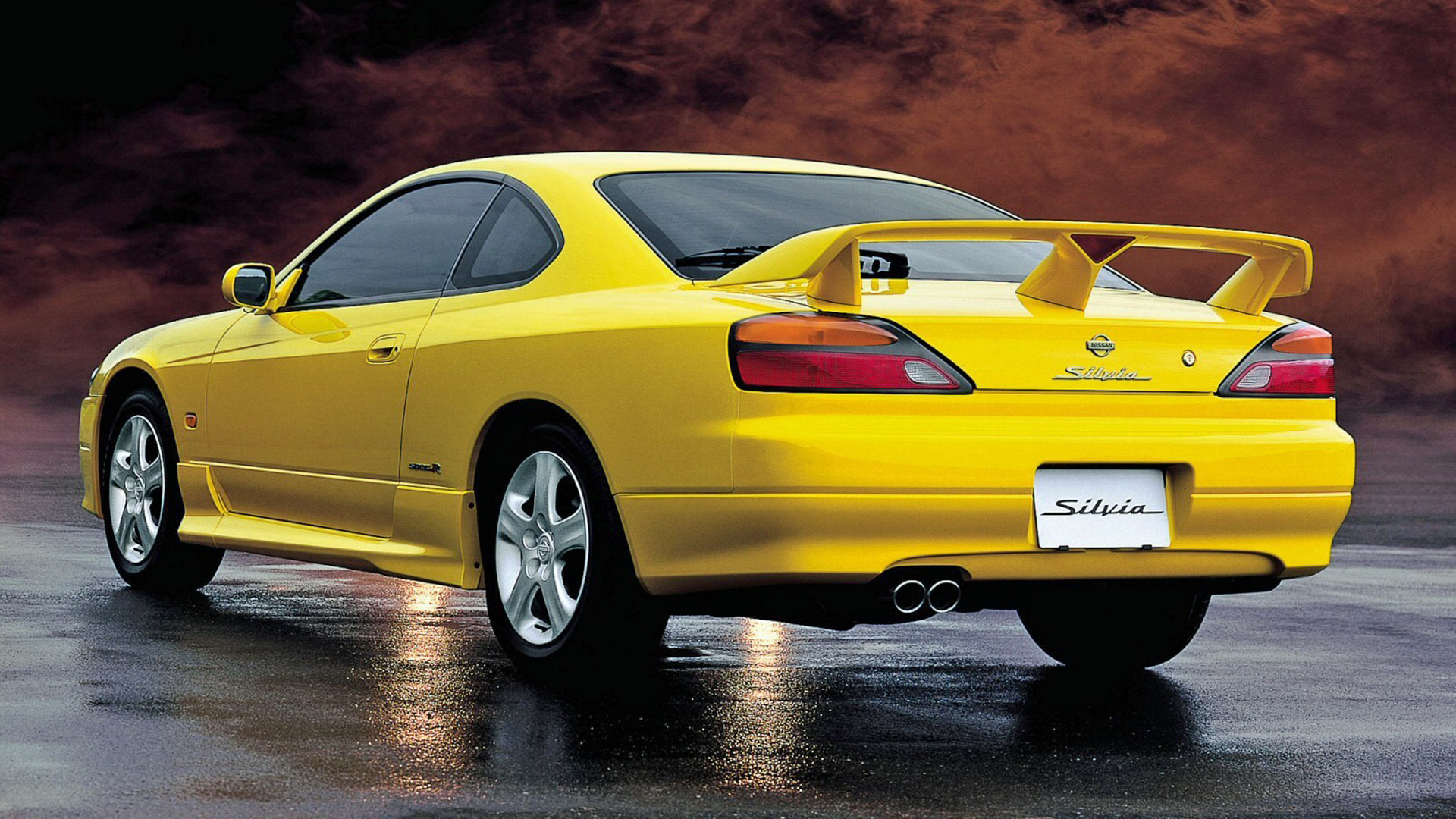
Nissan S15 Silvia Spec-R
© NissanNissan had sold previous generations of the Silvia coupe in North America, with the last version branded as the 240SX. However, when the all-new ‘S15’ model of Silvia was revealed in 1999, Nissan denied the United States a chance to buy it.
Under the hood, buyers had the option of a turbocharged 2.0-liter four-cylinder engine that produced 247 horsepower and 203 lb-ft of torque. This could be combined with a four-speed automatic transmission or a six-speed manual.
At the top of the range was the Spec-R model, featuring a more aggressive aero kit and a limited-slip differential. The latter helped the Silvia to transfer its power to the rear wheels.
-
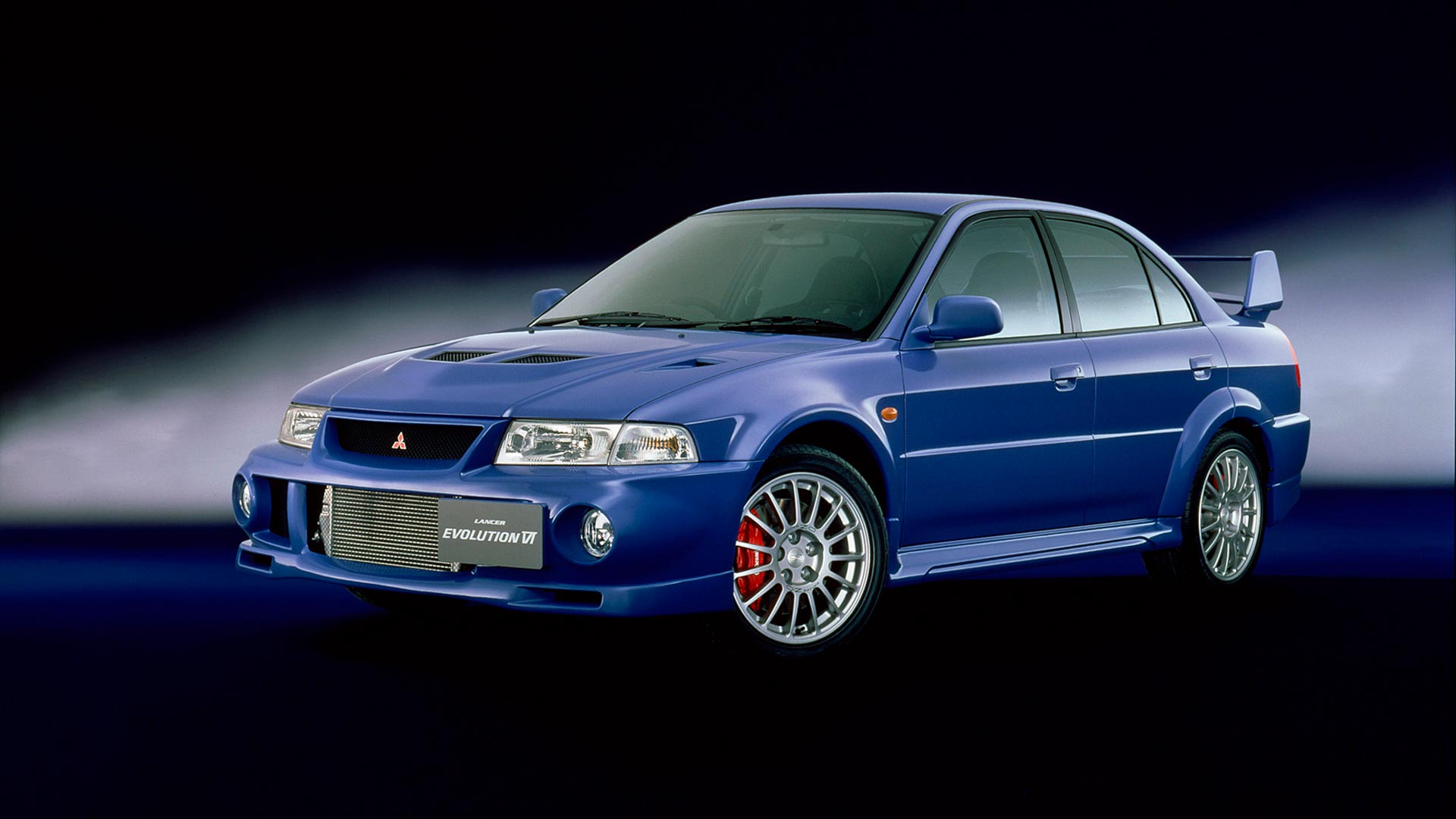
Mitsubishi Lancer Evolution VI GSR
© MitsubishiMitsubishi made annual improvements to its Lancer Evolution range throughout the 1990s. The Evo VI, launched at the start of 1999, was arguably the peak of its Lancer all-wheel-drive sedan series.
New bodywork was designed to improve cooling and aerodynamics, with an upgraded intercooler added for the 2.0-liter turbocharged four-cylinder engine. Although its output remained at 276 horsepower, new pistons and a larger oil cooler aided durability.
Recaro bucket seats, Brembo brakes and Active Yaw Control were all fitted as standard to the GSR model. Accelerating from 0-60 mph took 4.4 seconds, with a top speed of 150 mph.
-
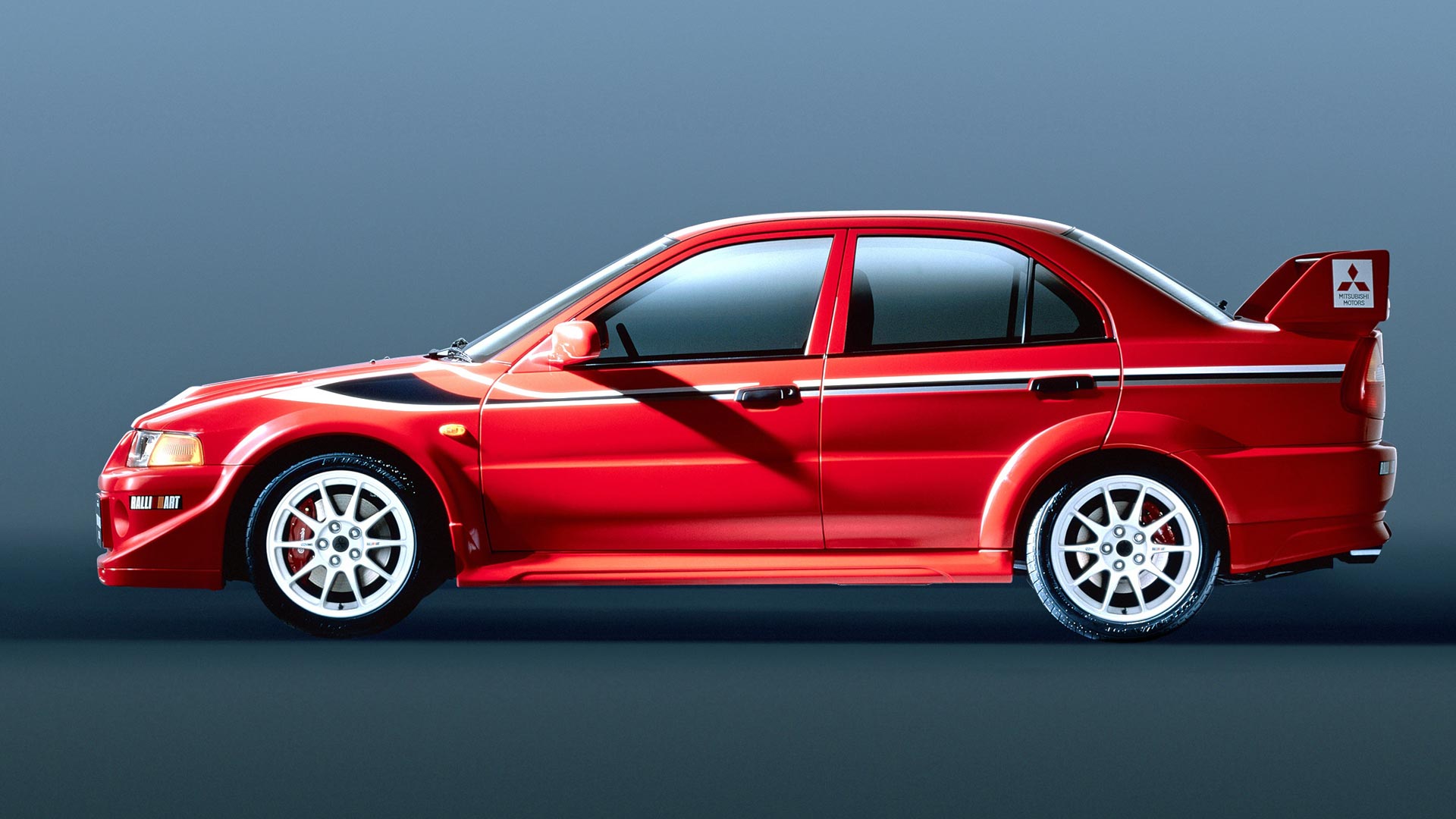
Mitsubishi Lancer Evolution VI Tommi Makinen Edition
© MitsubishiRevealed in December 1999, finding a Tommi Makinen Edition of the Mitsubishi Lancer Evolution VI will require a little extra effort. It should be worth the wait, though, as substantial improvements were made to this street-legal rally car.
Built to celebrate the success of Finnish driver Tommi Makinen in the World Rally Championship, a new front bumper and a set of white 17-inch Enkei alloy wheels were the most obvious changes.
A lowered ride height, Momo steering wheel and shift knob, quicker steering ratio and a titanium turbocharger turbine were all notable upgrades.
-
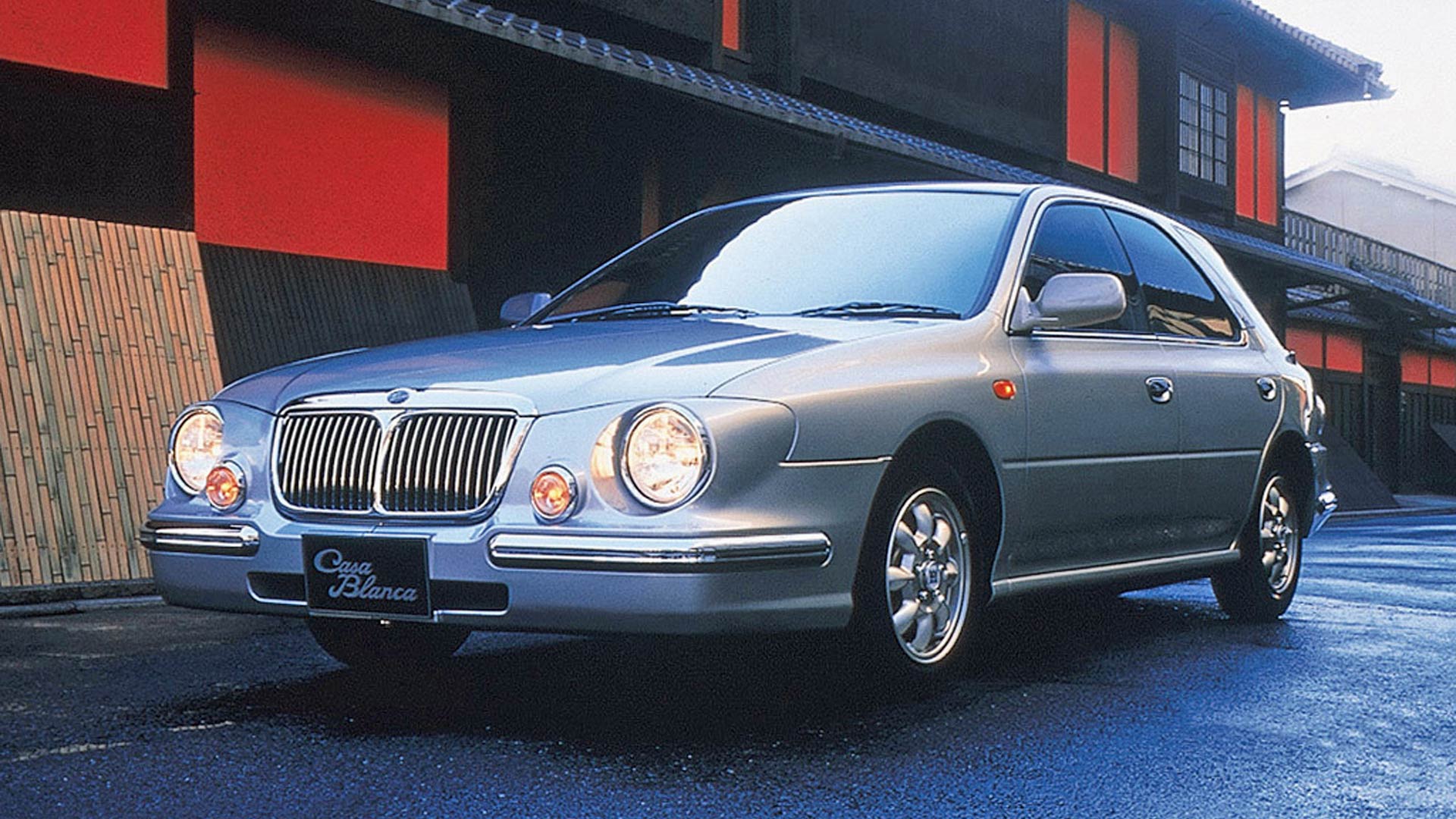
Subaru Impreza Casa Blanca
© SubaruIf you have ever looked at a first-generation Subaru Impreza, but wished it channeled the styling of a classic British car, the Casa Blanca is your answer.
Subaru was keen on retro-inspired models during the 1990s, typically reserving this treatment for its diminutive kei cars. However, in 1999, the Impreza was on the receiving end of a distinctive styling makeover.
Subaru limited production of the Impreza Casa Blanca to just 5,000 examples, but even these struggled to find homes. Perhaps using a naturally aspirated 1.5-liter version of Subaru’s flat-four engine didn’t help the Casa Blanca’s cause. Still, it will certainly stand out at any car meet…
-
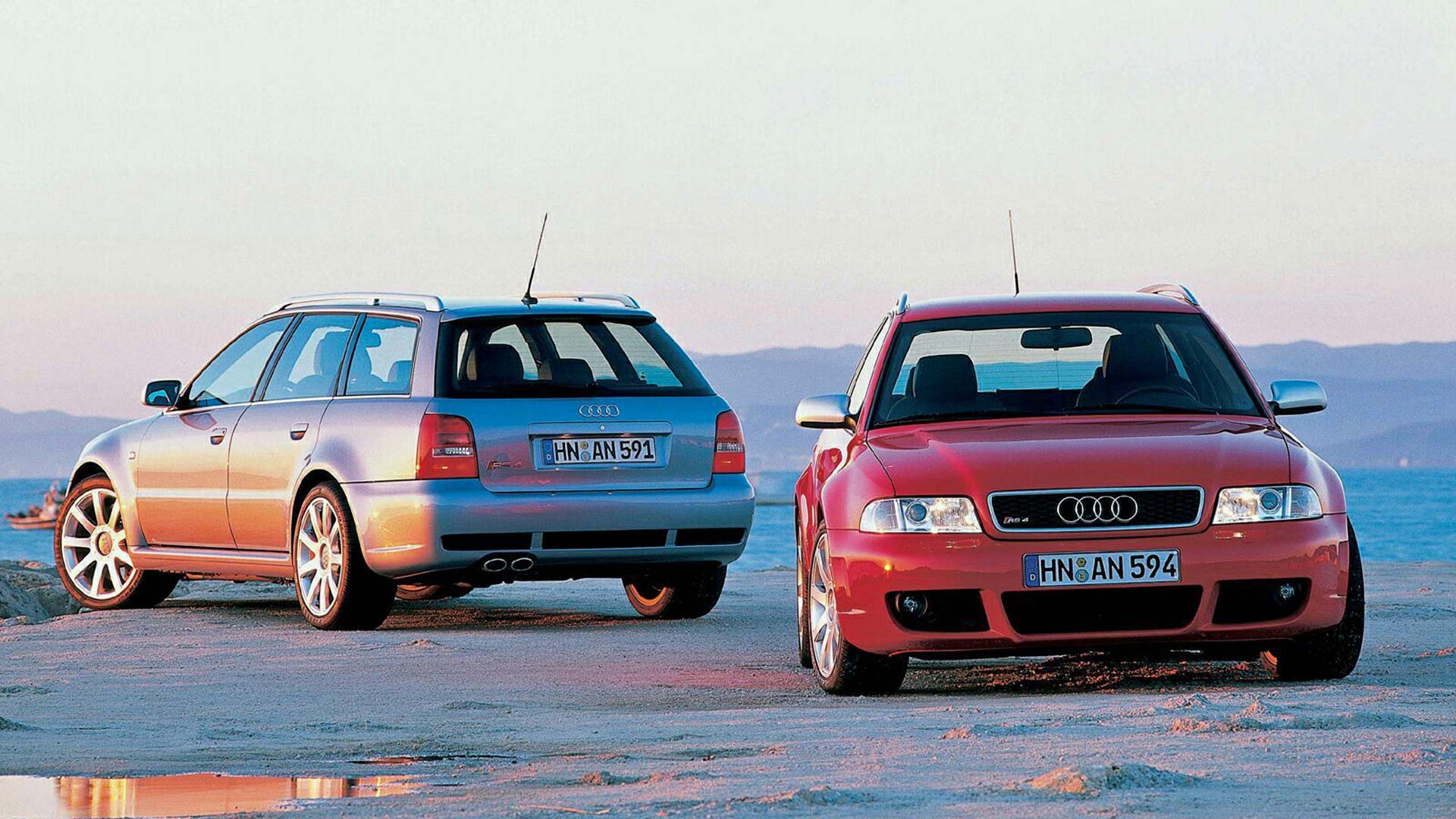
Audi RS4 Avant
© AudiFor a wagon with a little more power, the first-generation Audi RS4 is a great choice. Developed from the regular S4 Avant, the RS4 gained a host of bespoke upgrades to make it almost unstoppable in difficult weather conditions.
The 2.7-liter twin-turbo V-6 was boosted to deliver 375 horsepower and 325 lb-ft of torque, thanks to help from Cosworth. A six-speed manual transmission was combined with Audi’s Quattro all-wheel-drive system, helping the RS4 to accelerate from 0-62 mph in 4.9 seconds.
Widened bodywork, larger brakes and 18-inch alloy wheels were all part of the standard equipment.
-
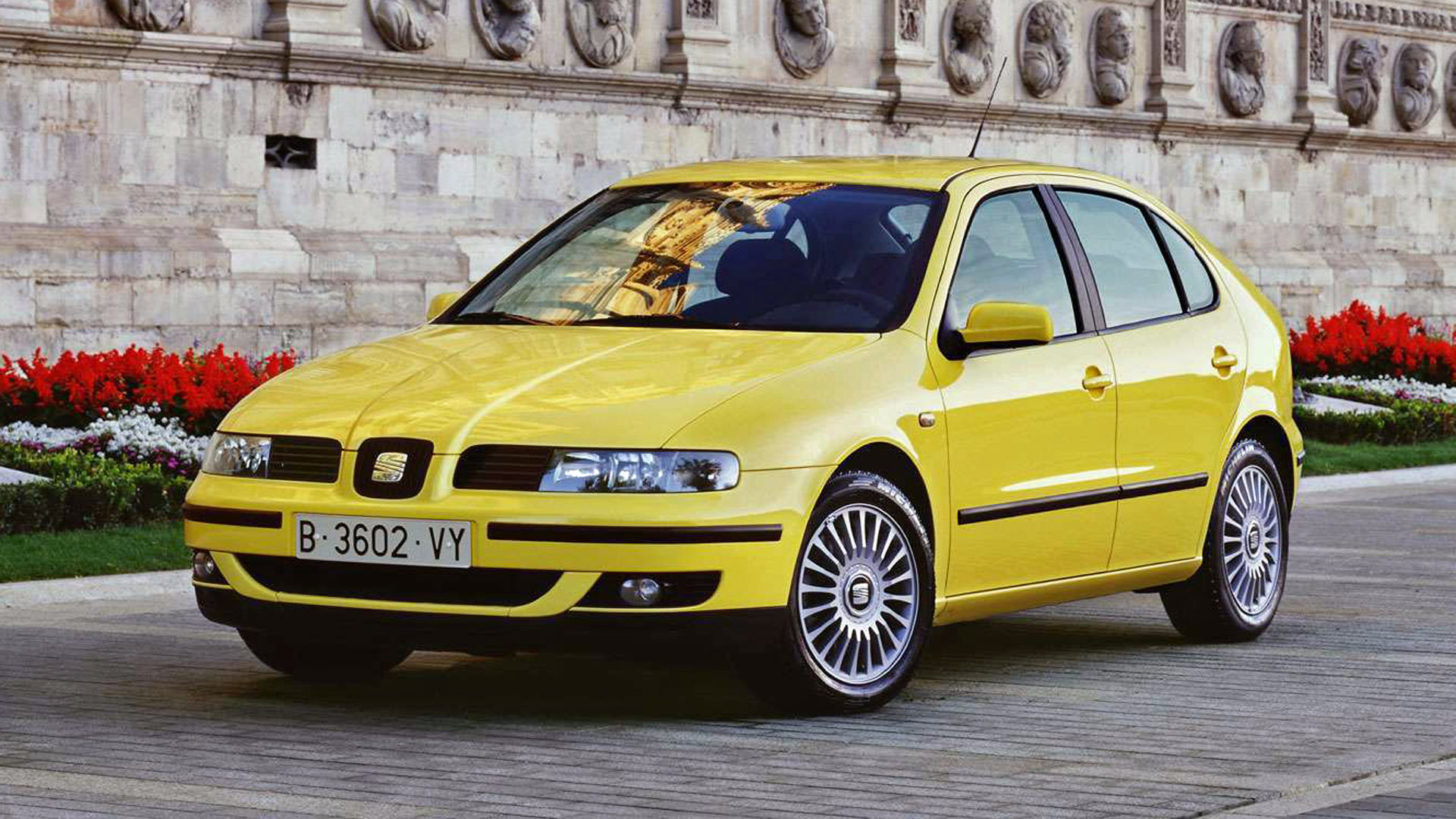
SEAT Leon 20VT
© SEATThink of SEAT as Volkswagen’s Spanish cousin, and the Leon as a Golf with a little more Iberian flair.
Although the original Leon came with a host of economy-minded engines, the turbocharged 1.8-liter four-cylinder 20VT made things a little more exciting.
An output of 180 horsepower compares favorably with the contemporary Volkswagen Golf GTI. This allowed the Leon 20VT to accelerate from 0-62mph in 7.5 seconds, and reach a top speed of 142 mph.
-
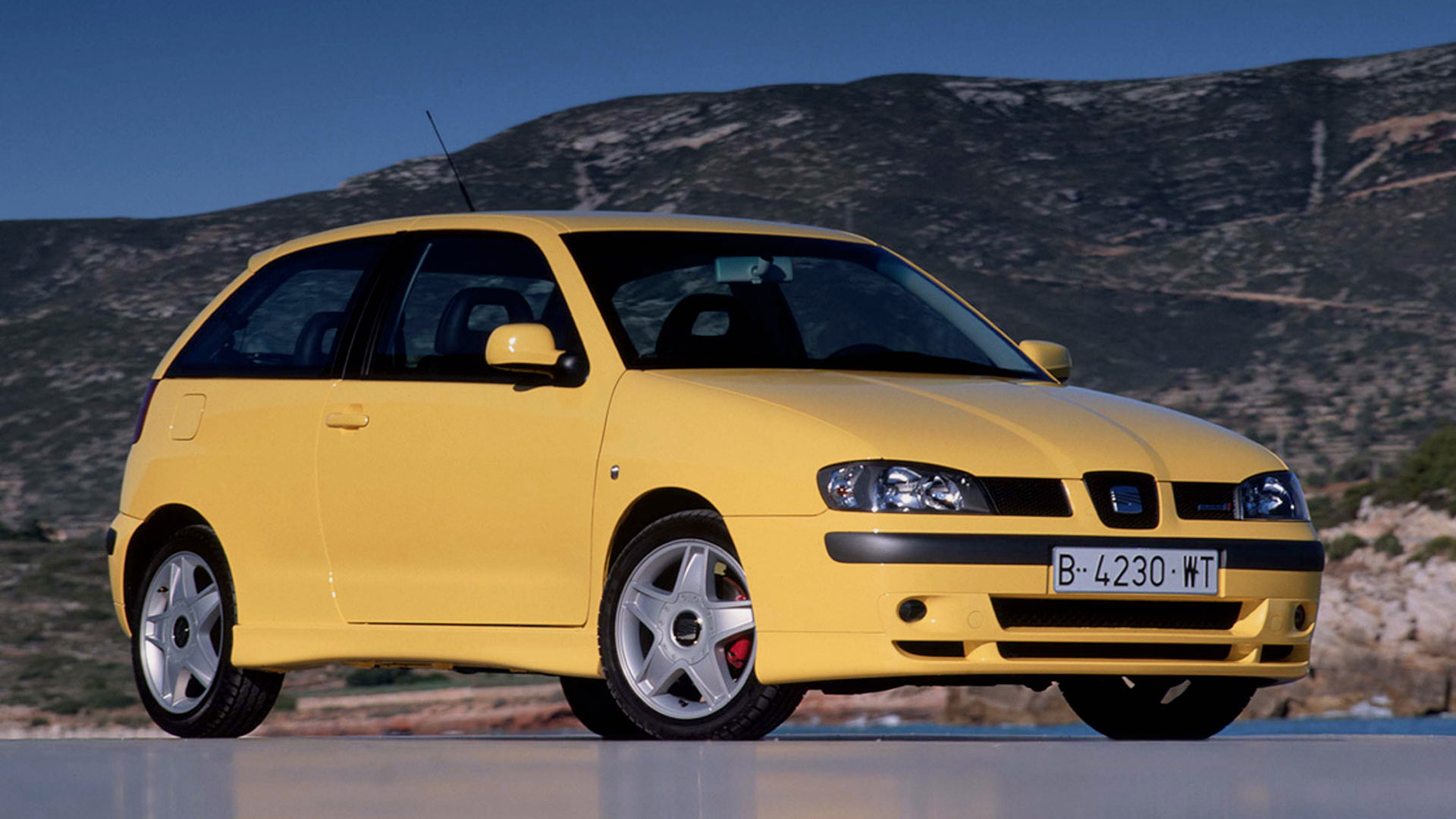
SEAT Ibiza Cupra
© SEATTo get the same turbocharged experience in an even smaller SEAT, the Spanish manufacturer launched an updated Ibiza hatchback in 1999.
Topping the Ibiza range was the Cupra model, powered by a 156 horsepower version of the turbocharged 1.8-liter four-cylinder engine. With an accompanying 155 lb-ft of torque, the Ibiza Cupra could dispatch 0-62 mph in 7.9 seconds. A top speed of 135 mph was very respectable, too.
Chunky alloy wheels, a deep front splitter and supportive sports seats all helped create an appealing hot hatchback.
-
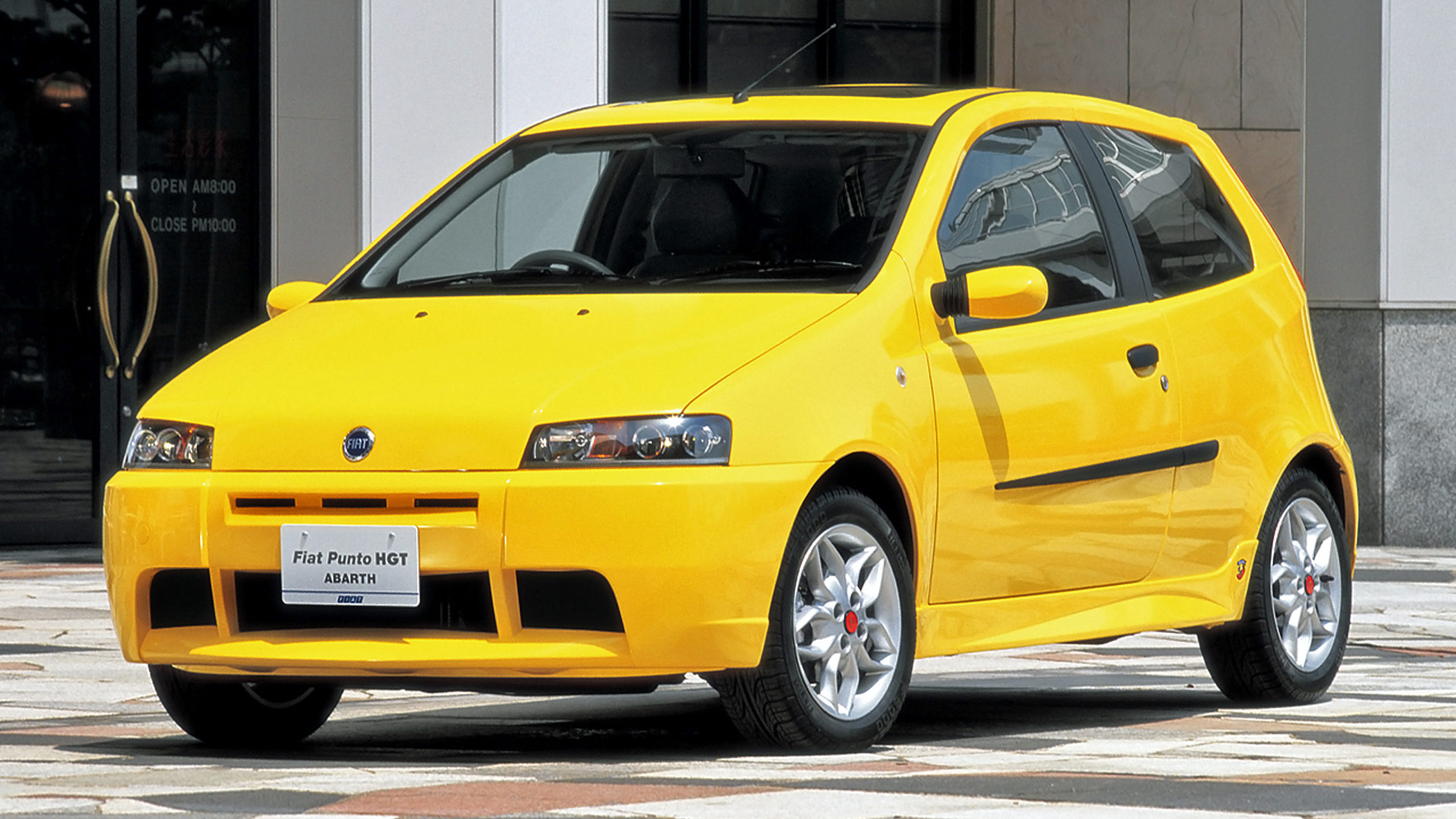
Fiat Punto HGT
© FiatA contemporary competitor to the SEAT Ibiza Cupra, the second-generation Fiat Punto delivered ‘warm’ performance when purchased in HGT trim.
A naturally aspirated 1.8-liter four-cylinder engine was the source of the Punto HGT’s extra ability. Although outputs of 130 horsepower and 121 lb-ft of torque don’t sound huge today, they allowed the HGT to accelerate from 0-62 mph in a brisk 8.6 seconds.
Its sharp Pininfarina styling is an obvious bonus, and the optional Abarth HGT version brought a more dramatic aero kit to the party. Neat handling and a practical interior were included as standard.
-
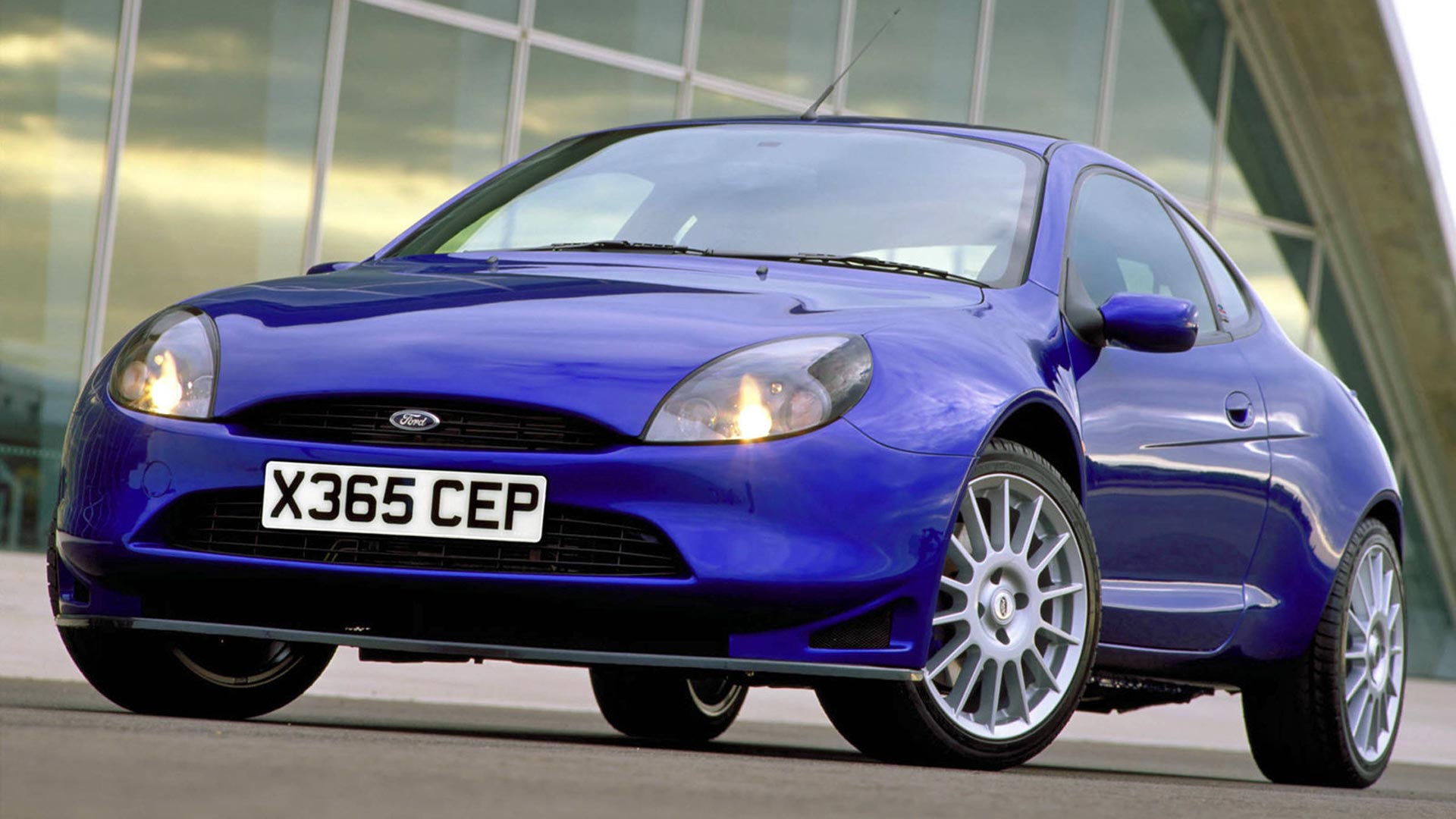
Ford Racing Puma
© FordThe Ford Racing Puma has developed a cult status outside of the United Kingdom, where all 500 examples were sold. Being included in video games like Forza Horizon 5 has created a much larger audience for this motorsport-inspired special edition.
A 1.7-liter four-cylinder engine offered 170 horsepower and 0-62 mph in 7.9 seconds, but straight-line speed was not the Racing Puma’s main objective. Instead, handling ability was its leading achievement, aided by a widened track beneath the bulging bodywork.
Upgraded suspension, Alcon brakes and the option of a limited-slip differential were all part of the Racing Puma package. All 500 examples were painted in Imperial Blue, with bucket seats finished in Alcantara trim.
-
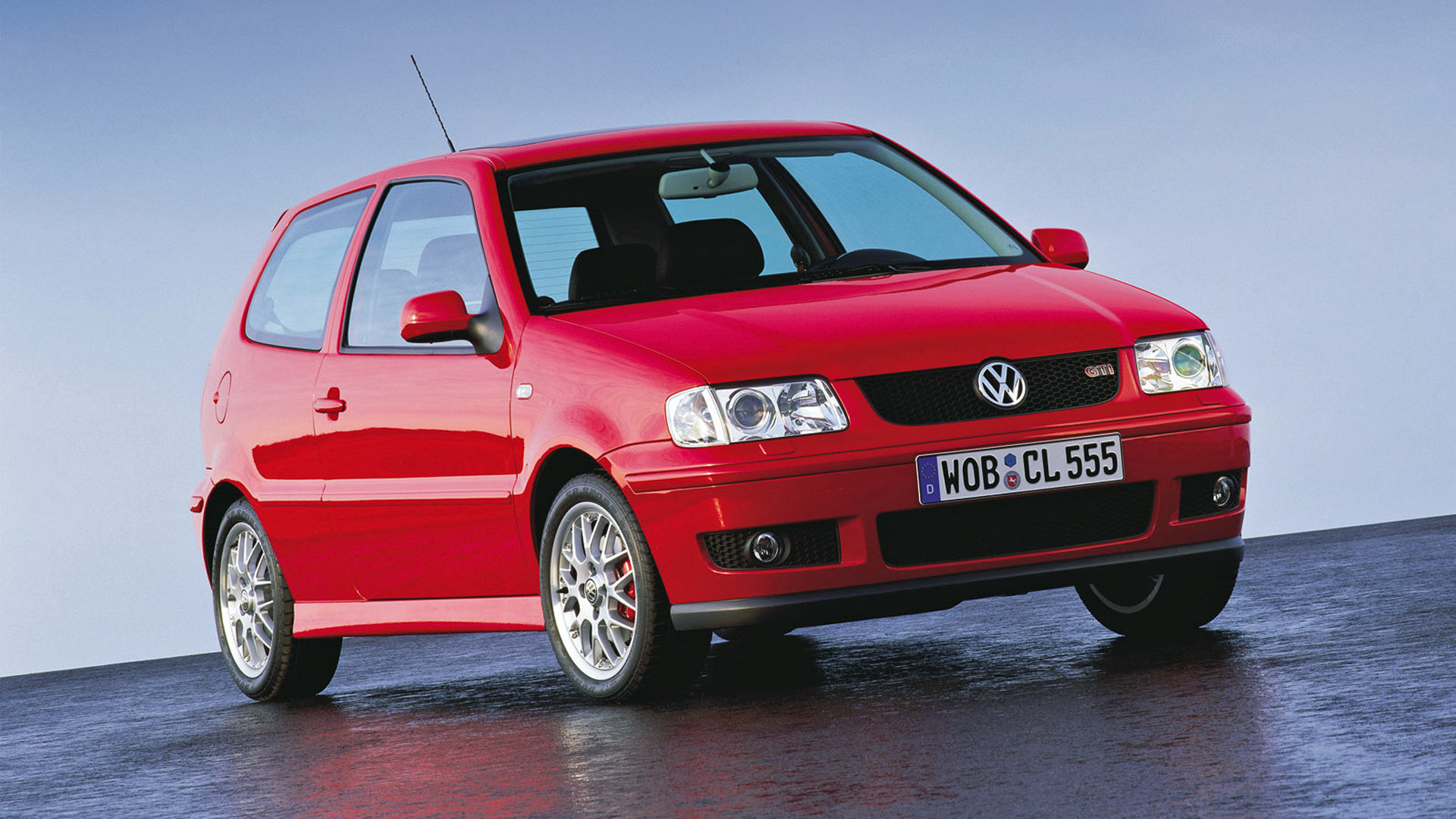
Volkswagen Polo GTI
© VWThe Volkswagen Polo GTI has been produced across multiple generations, and has often lived in the shadow of its larger Golf GTI sibling. A very limited-production Polo GTI debuted in 1998, but a more substantial full production version joined the range the following year.
Ticking many of the traditional GTI boxes, the hot Polo came with 15-inch BBS split-rim alloy wheels, a deeper front splitter, front fog lights and lots of honeycomb grille inserts. The interior was suitably high quality, coming with climate control and sports seats.
A high-revving 1.6-liter four-cylinder engine developed 125 horsepower and 112 lb-ft of torque, propelling the tiny Polo GTI to 62 mph in 8.7 seconds.
-
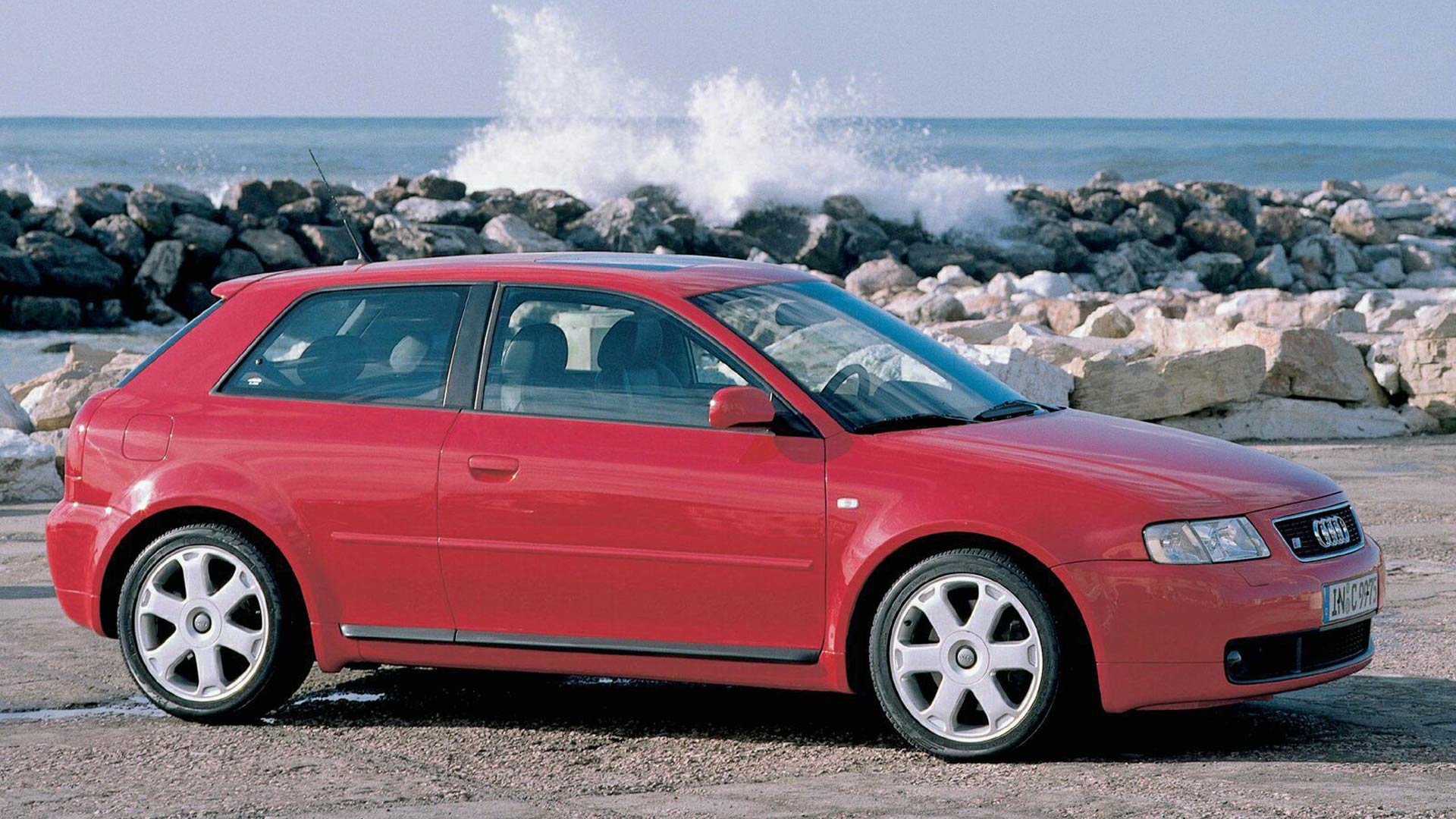
Audi S3
© AudiGerman hot hatchbacks with all-wheel drive are now commonplace, but the first-generation S3 was one of the leaders in this field. Sharing a platform with the Audi TT, the S3 model first entered production in 1999.
The Audi S3 used a turbocharged 1.8-liter four-cylinder engine. Early models came with a 210 horsepower output, to stop the car from overshadowing Audi’s new TT coupe and roadster. Later versions gained a boost to 225 horsepower.
Even the earliest 1999 versions can accelerate from 0-62 mph in 6.6 seconds, aided by the extra traction of the Quattro all-wheel drive. An upmarket interior was available with leather Recaro seats and a Bose sound system.
-
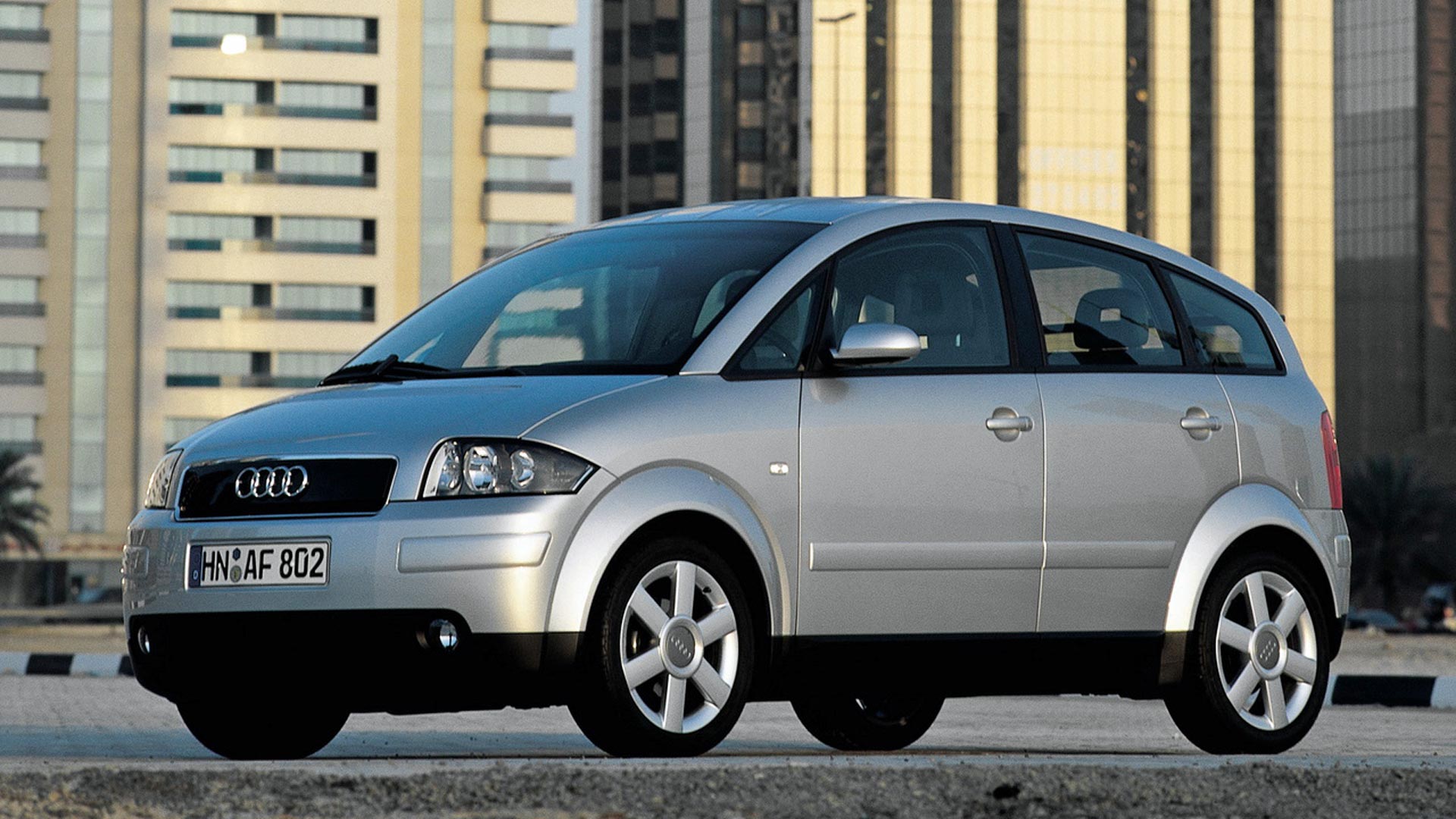
Audi A2
© AudiAt the same time as producing the hot S3, Audi was also selling the radical A2. Intended as a competitor to the Mercedes-Benz A-Class, the A2 made extensive use of aluminum construction. This helped reduce weight and improve efficiency.
Tipping the scales at less than 2,000 lb in base trim, models with a 1.2-liter diesel engine could achieve hybrid-rivaling fuel economy of up to almost 80 mpg. The design may have looked unusual, but it managed to be both aerodynamic and spacious on the inside.
Sadly, the cost of working with aluminum made the Audi A2 an expensive option compared to rival cars. It remains one of the most intriguing vehicles of 1999, though.
-
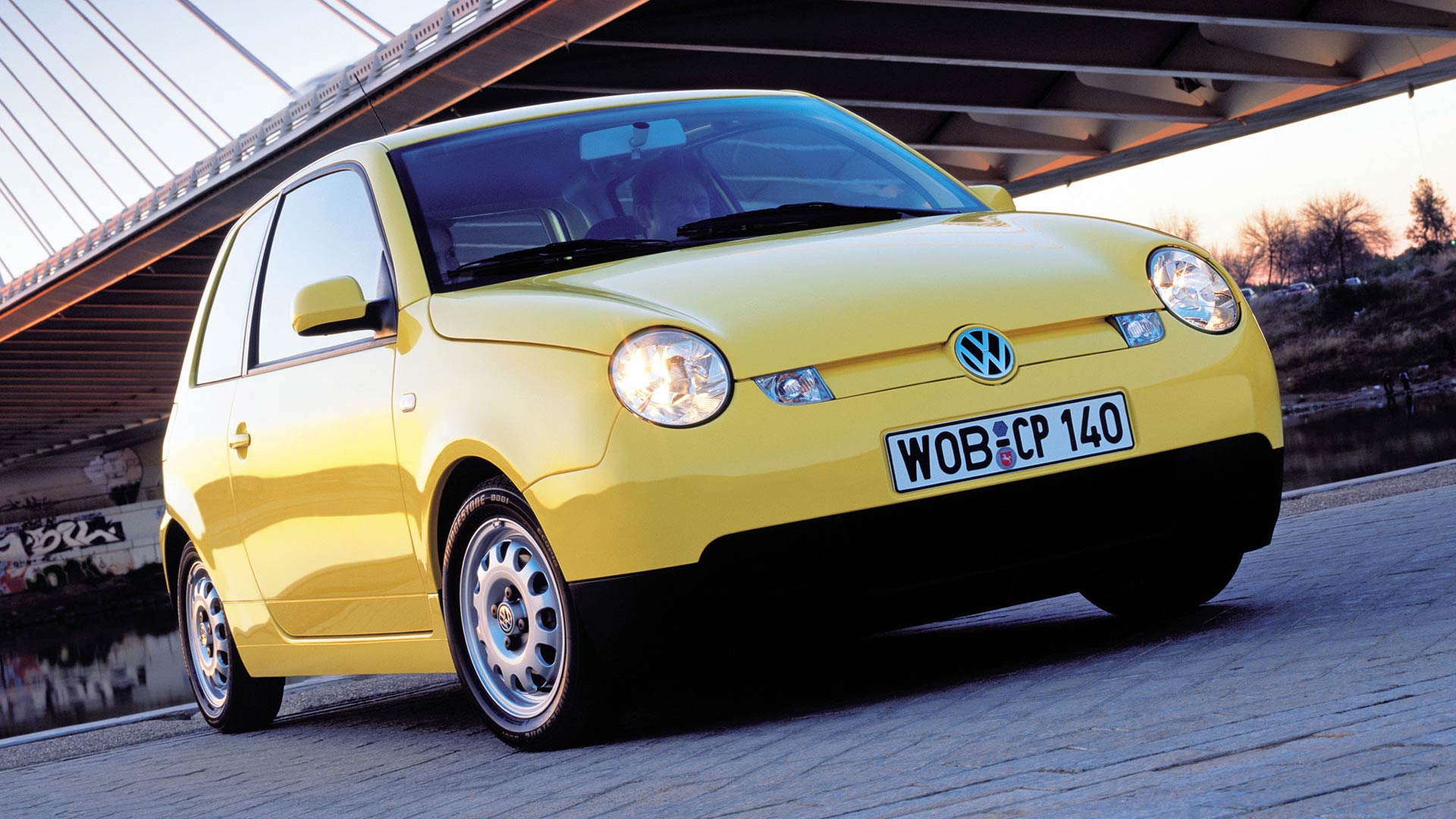
Volkswagen Lupo 3L TDI
© VWVolkswagen and diesel may be an awkward combination to mention today, but back in the late 1990s the German manufacturer was slotting its TDI engines into almost everything.
This included an ultra-efficient version of the Lupo city car, powered by a 1.2-liter three-cylinder turbocharged diesel. Lightweight aluminum and magnesium bodywork reduced weight to only 1,830 lb, while an automated manual transmission was combined with an early stop-start system.
All this allowed the Lupo to achieve a consumption figure of 3 liters per 100 km, equivalent to 79 mpg. One hypermiler even managed to achieve nearly 100 mpg with the diesel Lupo.
-
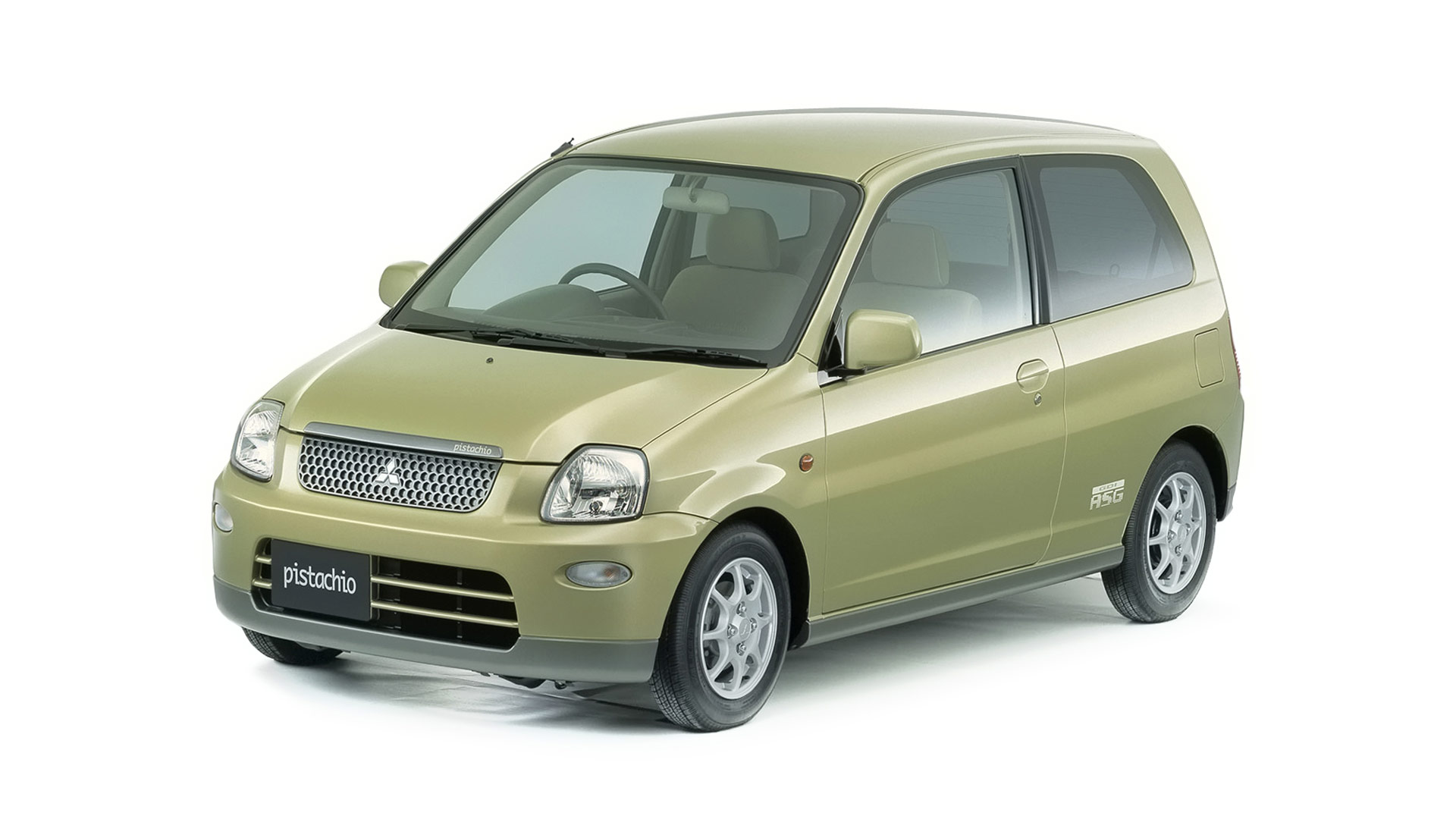
Mitsubishi Pistachio
© MitsubishiFor an alternative take on fuel-efficient city cars from 1999, meet the Mitsubishi Pistachio. Taking the prize for the strangest name from our collection of cars, the Pistachio also aimed for maximum economy.
A 1.1-liter four-cylinder GDI engine produced 74 horsepower, and was combined with a five-speed manual transmission. An automatic stop-start system was used to save fuel, with the potential for almost 71 mpg.
Lightweight aluminum bodywork, thinner glass and a stainless steel exhaust manifold contributed to a low curb weight. Mitsubishi only produced 50 examples of the Pistachio, with local authorities being the main customers.